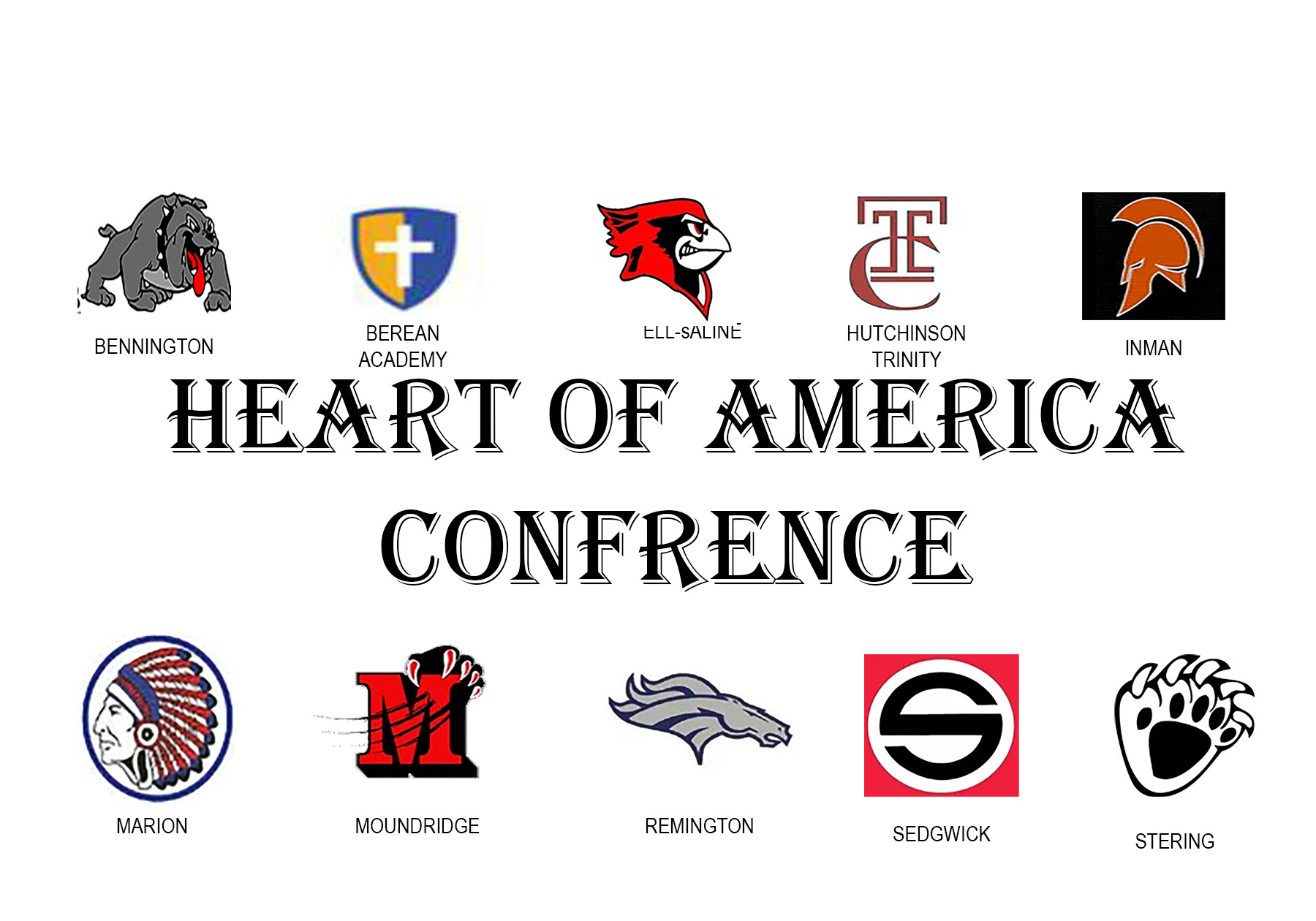Cattle branding began long before cowboys integrated it on ranches. According to the Washington State Department of Agriculture, branding began with the Egyptians, who branded oxen and other livestock around 2700 B.C.
Today, it’s a tradition on ranches across America that helps in livestock management. For the Elpers family, the practice of branding their cattle has happened since the 1980s. There are several reasons for branding
1. Identification and Ownership
Each ranch brand is unique to each operation and is registered with the Kansas Department of Agriculture. This is important when managing large herds across large areas of land.
2. Theft Prevention
Yes, people steal cattle. Cattle rustling is a crime, and the brand helps identify the cattle when there’s instances of theft. Here’s a “fun” fact: In the Wild West of the 1800s, rustling was a hanging offense. These days, the crime can land you in jail for up to five years in Kansas. It’s even longer in Texas.
3. Herd Management and Record Keeping
Branding also helps the rancher maintain accurate and up-to-date records of the animal. This is essential for keeping accurate records of each cow’s health history, vaccinations, breeding status and age. By maintaining precise records, ranchers can make informed decisions about breeding programs, medical treatments and overall herd management strategies. This systematic approach helps improve the productivity and health of the herd.
There are several methods of branding, including hot iron, freeze branding or tattooing. Many ranchers, like the Elpers, utilize the hot-iron method to ensure high visibility and permanence.
_ _ _
Born and raised in Kansas, Sheridan Wimmer has an appreciation for the state’s agricultural diversity. Representing the best interests of Kansas farmers and ranchers is Sheridan’s jam (or jelly, no discrimination). Great food and wine are at the top of Sheridan’s sustenance list and she knows it wouldn’t be here without the hard work of our farmers and ranchers.
Story via “Kansas Living Magazine, a publication of Kansas Farm Bureau”



